The Future of Sales Engagement: Trends and Insights

You're a sales professional trying to reach out to a prospective customer. You've crafted the perfect message, honed your pitch, and even done your research to understand their needs and pain points.
But despite your best efforts, you're struggling to make a connection - your message goes unanswered, or worse, lands in the recipient's spam folder.
Sound familiar? In today's hyper-digital and constantly evolving sales landscape, it's becoming increasingly difficult for sales professionals to engage with potential customers.
But fear not - with the right sales engagement strategies and tools, you can stay ahead of the curve and create more effective and engaging customer sales experiences.
Upcoming sales engagement trends that you must know in 2023 and beyond
In this blog post, I’ll explore the latest and upcoming sales engagement trends and take a deep dive into what the future of sales engagement might look like.
Sales engagement trend 1: Less cold calls, more account-based selling
Are you still relying on classic cold-calling methods? Engaging with random companies and convincing them with the sales pitch of your product might have worked in the past. However, with exclusivity and specificity in purchase behavior, you need to focus on account-based selling.
Generic cold calling isn't the correct engagement method anymore. It involves several disadvantages. For instance, you might attract several leads through cold calling. However, all the leads might not fit your product or business.
Losing the leads that you have generated is not a good feeling. On top of that, the time and energy you spend on pursuing these leads is a loss as well. So, to avoid this situation, you should use an account-based sales engagement approach.
In account-based selling (ABS), you channel your engagement activities towards a target business or ‘accounts,’ instead of individual leads or prospects. An account contains several prospects and is considered a market itself. Once you have identified an account, you can send personalized messages to all of its constituents and get them familiar with your offering.
For example, you can have a dedicated team focused on start-ups. With a specialized account-based approach, you can deep-dive into the target audience's pain points and understand future customers precisely.
Just like how Sweet Fish, a podcast agency for B2B companies, used an account-based selling approach, where they asked their ideal customers to feature on their podcast that is based on B2B marketing and sales. This way, Sweet Fish was able to get in touch with industry leaders, influencers, and thought leaders, allowing it to offer its service to them.
Sales engagement trend 2: Lead centricity will dominate the sales engagement process
Previously, the sales engagement activities focused on fulfilling the goals and achieving the numbers. However, in 2023, with online users becoming more tech-savvy and information hungry, you need to go the extra mile to impress your target audience. And therefore focusing solely on your end goals will not give you the desired results.
Your sales engagement model should be "customer-centric." With a customer-centric approach, you change the engagement perspective from your point of view to the point of view of your potential customers and clients.
The primary question you should answer in a customer-centric sales engagement strategy is: "How to build trust with prospects as quickly as possible?"
However, you don't need to rely solely on cold-calling techniques to build trust with your prospects. Instead, you can use innovative engagement channels such as video introductions through emails, social media outreach, or LinkedIn messaging.
For example, here is a personalized email with a video introduction to interacting with the prospect properly.
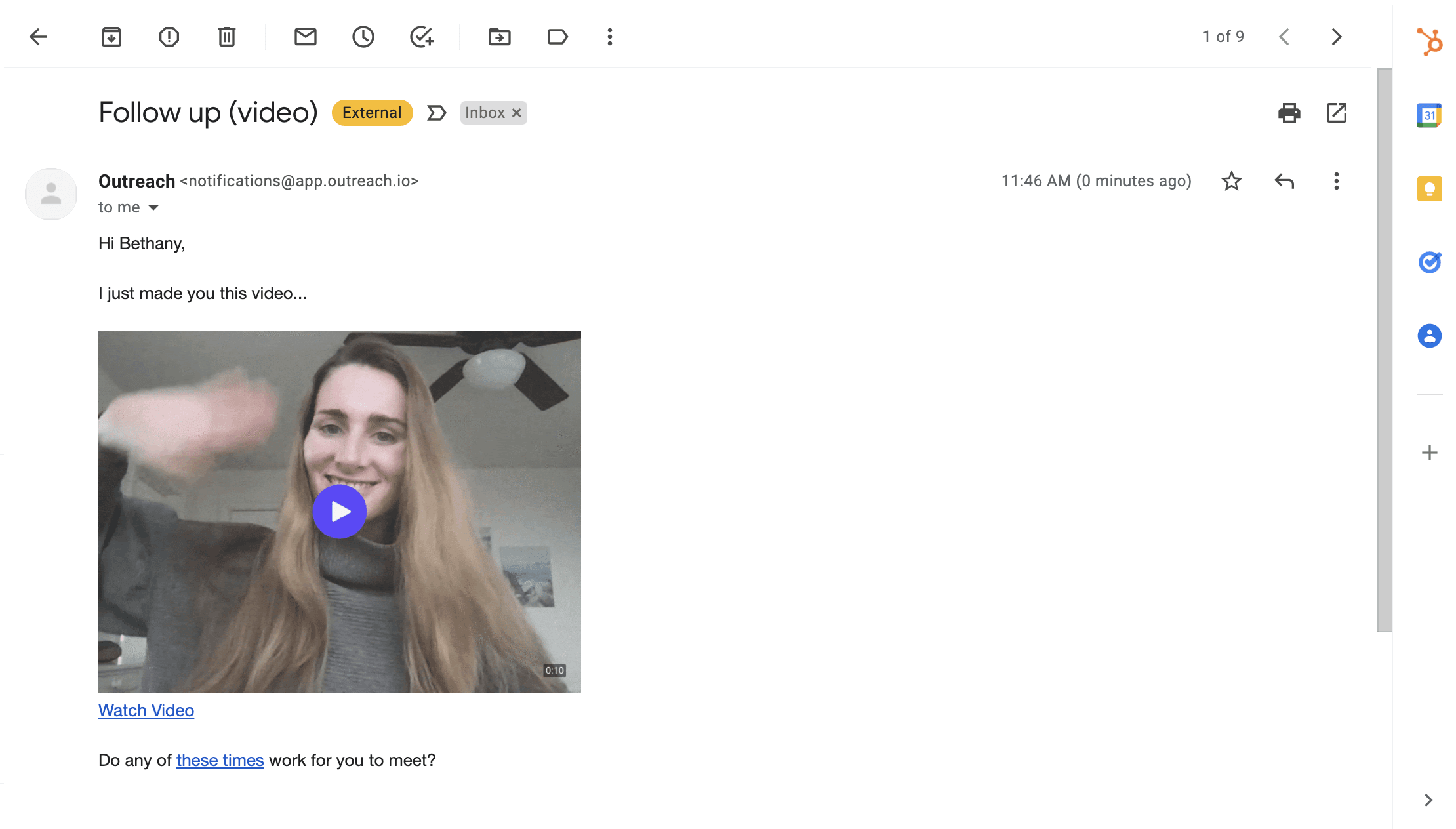
You can benefit from this sales engagement trend by leveraging video material into the selling process. Videos are naturally interactive and make your prospect feel understood.
However, simply adding videos to your sales engagement process is not enough. You also need to keep track of when you interacted with your customers and what was the outcome of that engagement.
Modern sales engagement platforms like Zixflow come with activity tracking and engagement history features to monitor each interaction you had with your prospects.
![]()
Sales engagement trend 3: Automating your lead journey with sequencing will become prominent
Sales sequencing, also known as sales cadence, is a powerful sales engagement approach that can help you automate your lead journey and provide a more personalized and streamlined experience for your prospects.
Using sequencing, you can map out the steps your prospects will take in their journey from initial contact to becoming a customer and then automate those steps to ensure each prospect gets the correct message at the proper time. With Zixflow, you can create sales sequences using the following steps:
- The first step in sequencing is identifying the key touchpoints in your sales process. This may include initial outreach, follow-up emails, phone calls, demos, and proposals.
- Once you have identified these touchpoints, you can create a sequence that maps out the steps your prospects will take from start to finish.
- For example, your sequencing may start with an initial email introducing your product or service and inviting the prospect to learn more.
- If the prospect doesn't respond to the email, your sequencing may include a follow-up email a few days later and then a phone call a week after that.
- If the prospect agrees to a demo, your sequencing may include a series of emails leading up to the demo and then a proposal and follow-up emails after the demo.
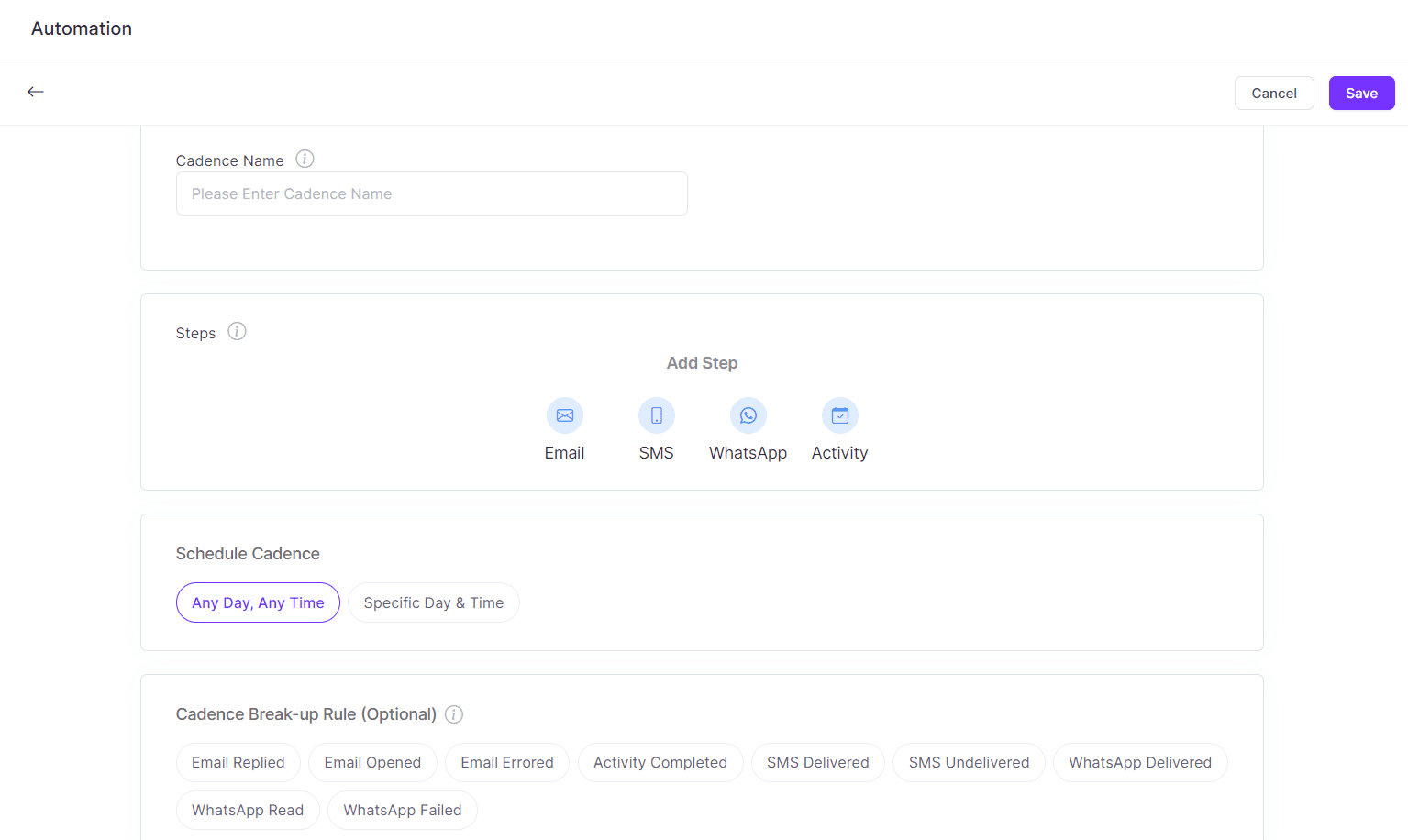
By automating these steps using Zixflow’s sales cadence tool, you can ensure that each prospect receives the right message at the right time without requiring you to manually manage every touchpoint.
This can help you to engage with your prospects more effectively, build trust, and credibility, and ultimately close more deals.
So if you want to create automated sales workflows to ensure that you don’t waste time doing stuff manually, take a look at this video explaining the steps to put your sales process on autopilot using Zixflow.
Sales engagement trend 4: Content marketing will become more crucial in driving sales and generating revenue
A B2B sales engagement trend that's more of a general recommendation: align content marketing with your sales process to generate and nurture leads.
Have you ever been browsing a website or social media platform and stumbled across a piece of content that just spoke to you? Maybe it was a blog post that answered a question you've been asking yourself or a video that provided valuable insights into a topic you're interested in.
That's the power of content marketing - by creating and sharing content that provides real value to potential customers, you can build credibility and drive more sales.
According to latest B2B sales statistics and data, mere 10% of quality content can independently drive half of the customer engagement.
For instance, this is the blog page of Zixflow, where you will find useful tips, customer engagement strategies, guides, and the latest updates about the sales and marketing world, which can help you in improving your sales process.

But here's the thing: for content marketing to be truly effective, it needs to be closely aligned with the sales process.
This means that marketing and sales teams need to work together to plan a digital content strategy and identify the types of content that will be most effective at each stage of the sales funnel, from initial awareness to the final purchase decision.
For example, marketing might create blog posts, whitepapers, and case studies to attract potential customers and provide them with valuable insights, while you can use Zixflow to run targeted email campaigns and personalized follow-ups to nurture those leads and move them closer to a sale.
By breaking down silos between these two critical teams, businesses can create a more personalized and effective sales experience for their customers, leading to better results and stronger relationships.
Sales engagement trend 5: Social selling to grab the spotlight
Social selling involves using social media platforms like LinkedIn, Twitter, and Facebook to build relationships with prospects and customers. It is an approach that allows you to engage with customers in a more casual way and can be effective for various types of sales, in particular, B2B sales.
For example, Micro Focus, a B2B software and IT company that offers enterprise IT and DevOps solutions, uses social media as a medium to engage with people who can benefit from its products. Posting highly tailored content that highlights the pain points of its clients and how it helped them in solving those issues compels people to interact with them.
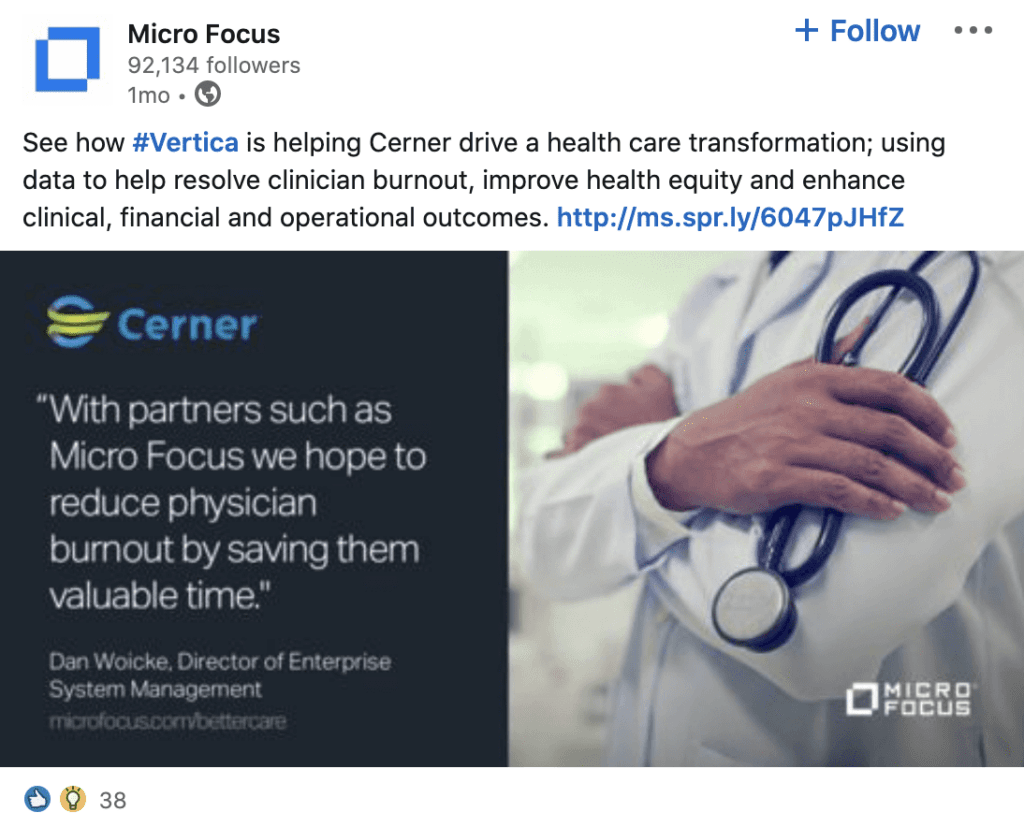
This can involve sharing content that is relevant and interesting to the customer, participating in online discussions, and offering advice and guidance.
Here are two scenarios where you can blend sales engagement and social selling
Scenario 1:
You can use LinkedIn to connect with potential customers and search for people in your target market. This will allow you to send them messages introducing yourself and your company. You can also share content related to the industry, such as articles or blog posts, to establish yourself as an expert in their field.
For example, here is how Zixflow shares useful blog posts on LinkedIn to engage with prospects.
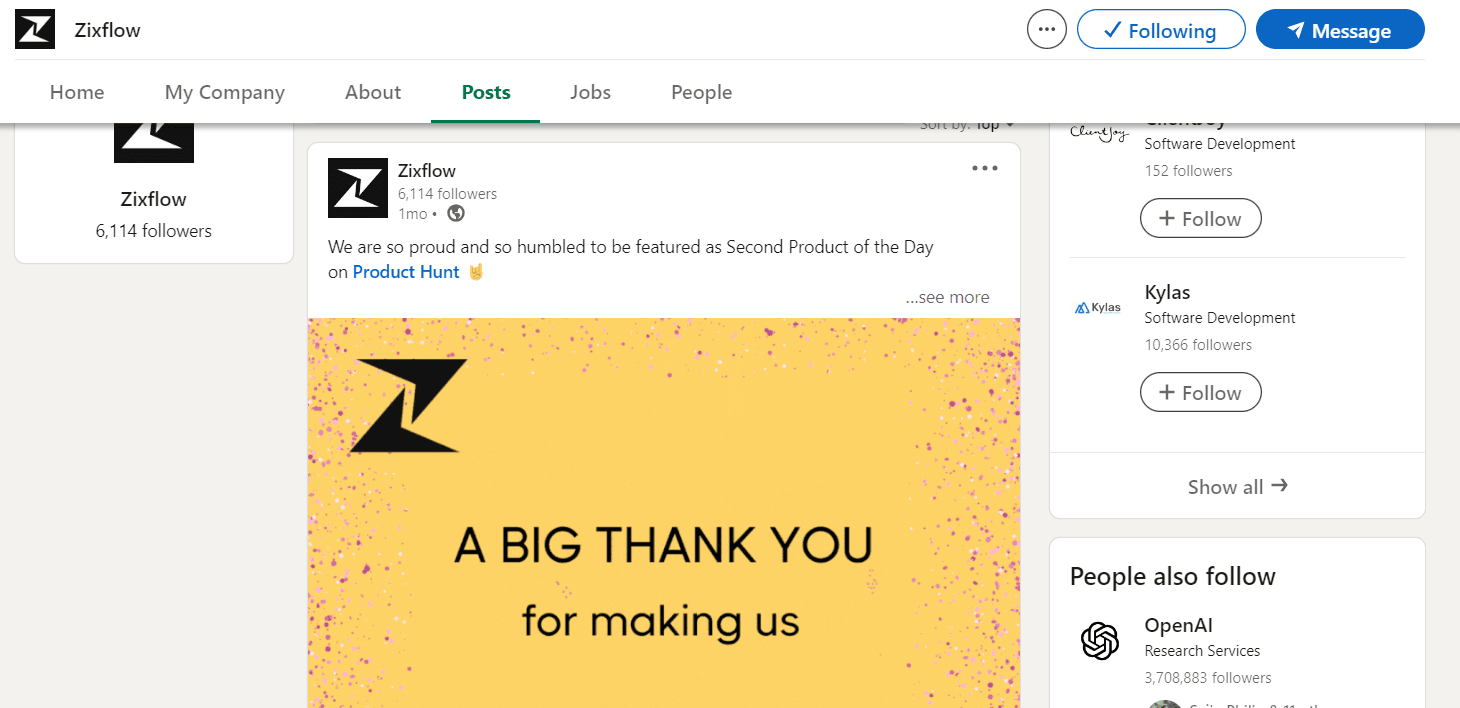
But how do you extract the target audience information and engage with them? That's where a sales engagement platform such as Zixflow comes into play.
You can integrate your Linkedin account with the Zixflow platform and use Linkedin Email Finder to find the contact details and company information of your prospects.
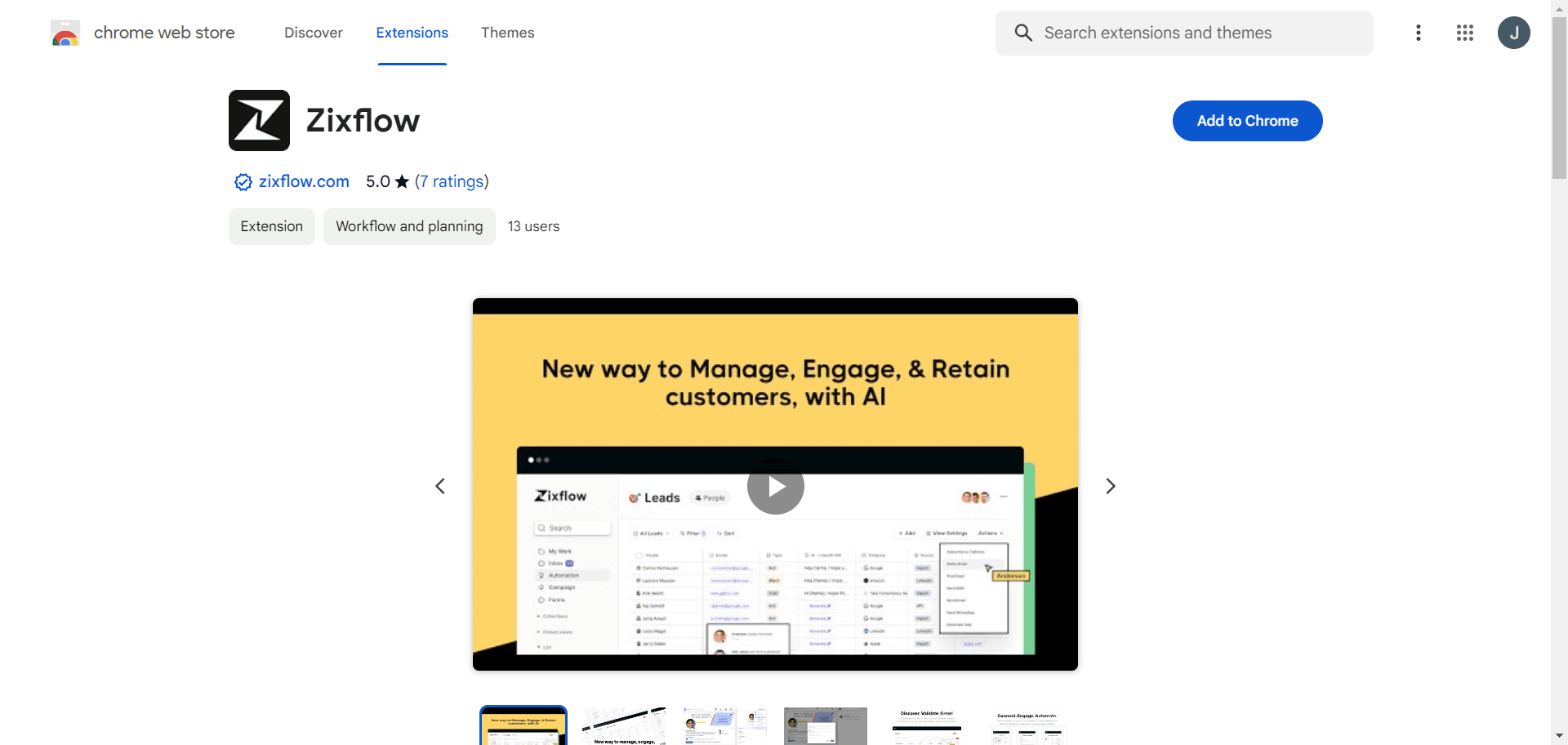
Scenario 2:
You can also leverage Twitter to engage with potential customers by browsing the platform and looking for users who are discussing topics related to your business or industry. Then, join the conversation by offering your insights and opinions.
You can also share relevant content, such as news articles or blog posts, with your followers to build a reputation as a thought leader in the industry."In this new age of sales, the phrase "always be closing" has metamorphosed into "always be connected." In other words, if a prospect emails a sales executive on a Saturday, he fully expects to hear from the executive that very same day." – Jim Keenan
Sales Engagement Trend 6: Predictive analysis will be your best friend
Predictive analytics involves using data, statistical algorithms, and machine learning (ML) techniques to identify the likelihood of future outcomes based on historical data. Application of predictive analysis include:
Lead scoring
Predictive analytics can be utilized to score and rank prospects based on the chances of them converting into paying customers.
By analyzing data such as past purchase history, website activity, and social media behavior, predictive models can assign a score to each lead, indicating their level of engagement and probability to buy. This can help you prioritize their engagement efforts and concentrate on the most promising leads.
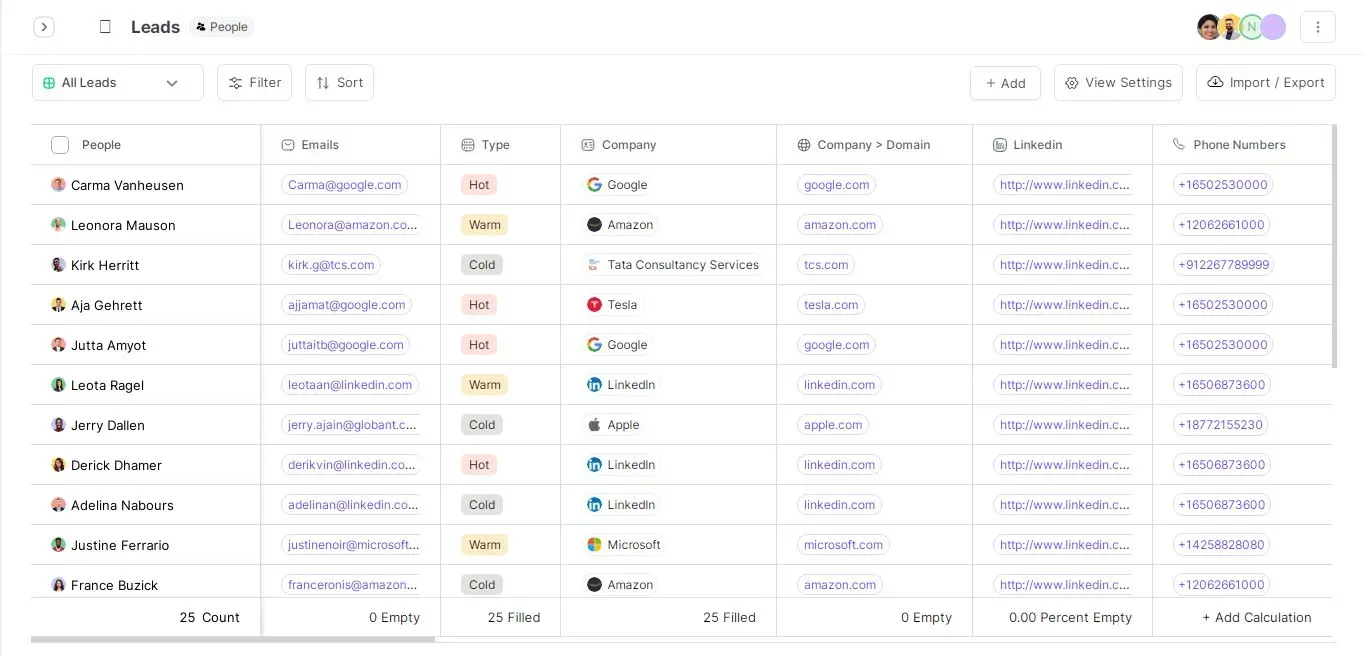
Prospect segmentation
Predictive analytics can be used to segment prospects based on their behavior, needs, and preferences. By analyzing data such as purchase patterns, demographic, and behavioral information, predictive models can identify different customer segments and their unique characteristics.
This can help you tailor your sales engagement strategies to better meet the needs of each customer segment.
For example, you're providing physiotherapy services for both athletes and the geriatric population. Your sales engagement approach needs to be different for both groups.
Sales performance optimization
Predictive analytics can be used to optimize the performance of individual sales reps and the sales team as a whole. By analyzing data such as past sales performance, customer feedback, and sales strategies, predictive models can identify areas for improvement and suggest ways to optimize sales performance.
This can help you achieve better results and meet their sales targets more consistently.
It's time to redefine your sales engagement strategy with the new engagement trends
By embracing the sales engagement trends and staying agile and adaptable in the face of new challenges and opportunities, you can continue to thrive and succeed in the ever-evolving world of sales engagement.
So if you're looking to stay ahead of the game in the sales domain, now is the optimal time to start putting these trends into action and incorporating them into your sales strategy. And this is where Zixflow comes in. Zixflow is an all-in-one salesOS that contains an integrated sales CRM and lets you automate your entire sales process so that everything is running with minimal supervision. So what are you waiting for? Contact sales today and streamline your sales engagement.
